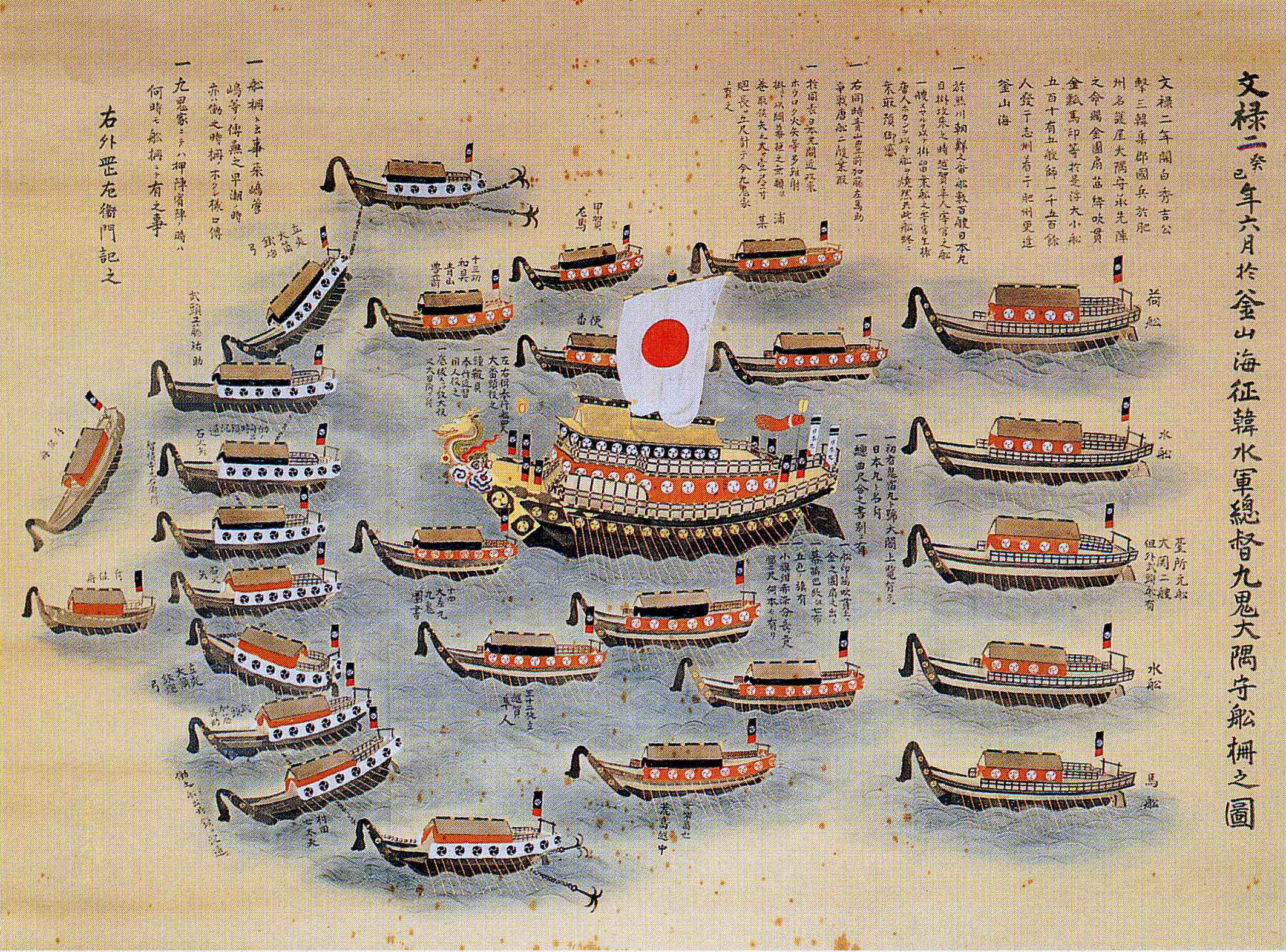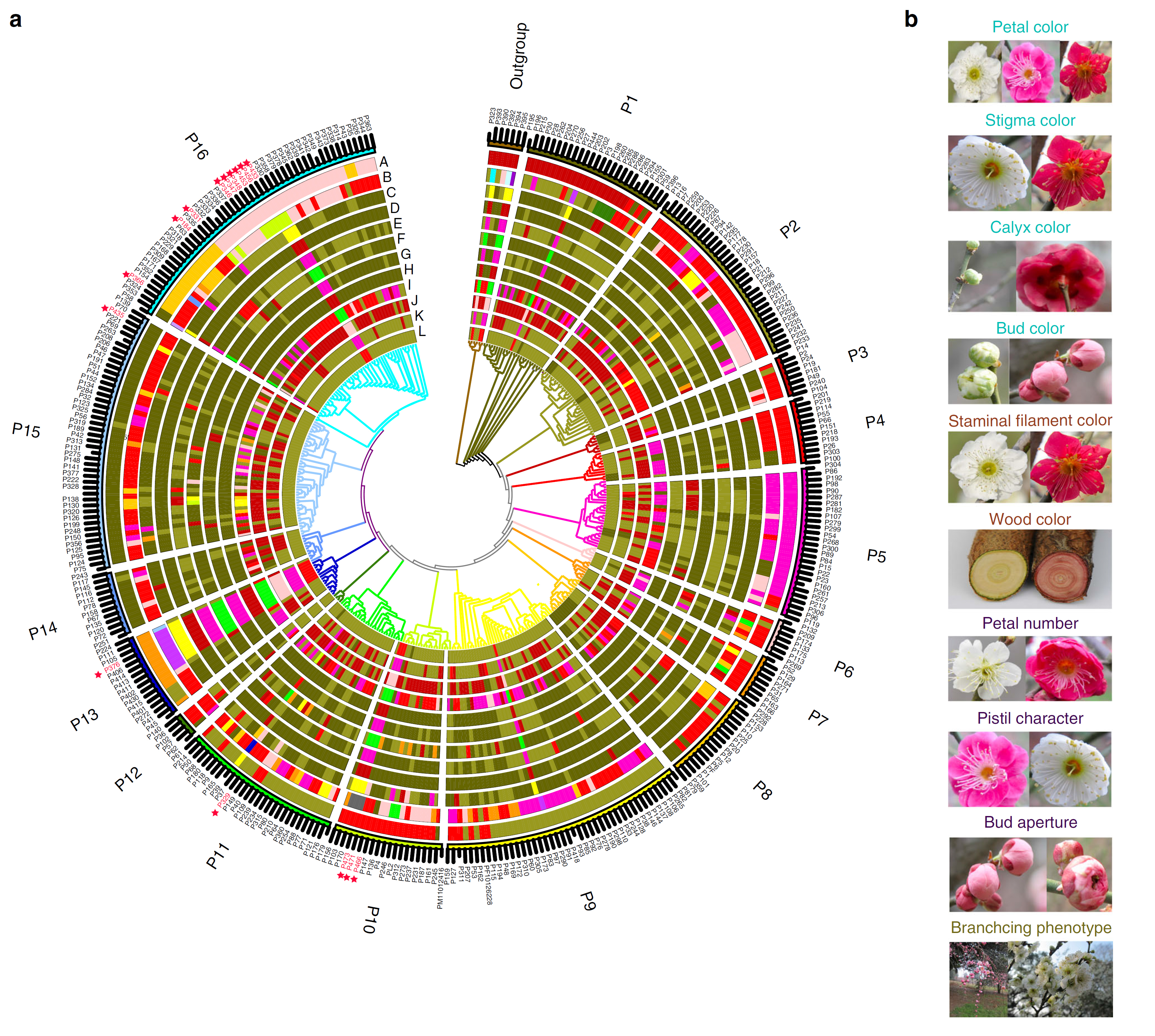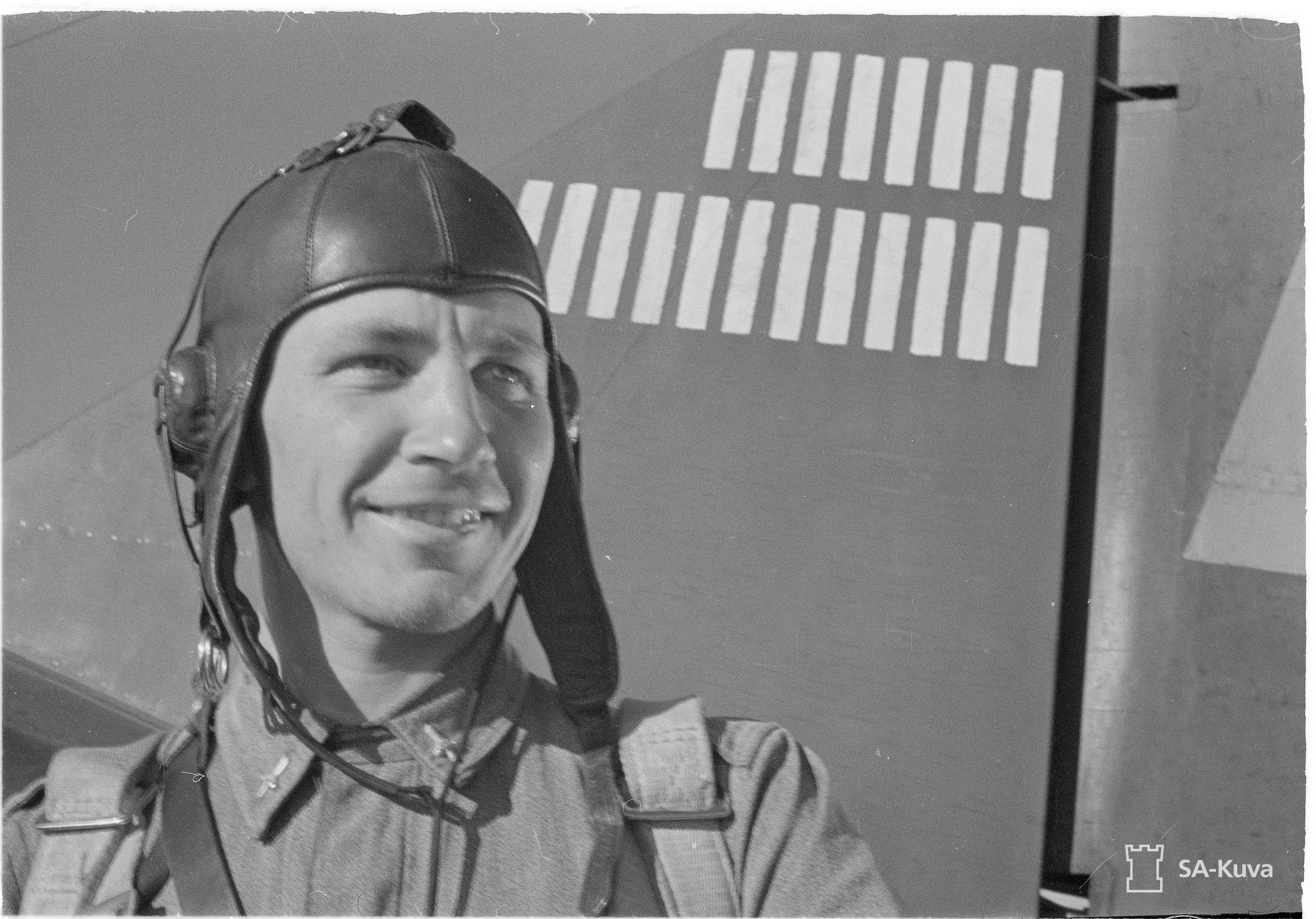|
305th Tactical Fighter Squadron
The 305th Tactical Fighter Squadron () is a squadron of the 5th Air Wing of the Japan Air Self-Defense Force based at Nyutabaru Air Base, in Miyazaki Prefecture, Japan. It is equipped with Mitsubishi F-15J and Kawasaki T-4 aircraft. Thompson, PauJASDF - Squadron Histories''J-HangarSpace'' Retrieved September 14, 2017 History The squadron was founded on at Hyakuri Air Base in Ibaraki Prefecture on December 1, 1978 with McDonnell Douglas F-4EJ aircraft at part of the 7th Air Wing. It replaced the 206th Tactical Fighter Squadron, which was disbanded. During this period the JASDF followed a system in which the numbering of a squadron was dependent on the type of aircraft it operated. Single digit squadrons operated the F-86F, 100-numbered squadrons operated the F-86D, 200-numbered squadrons operated the F-104J and the new squadrons operating the F-4 were numbered in the 300s. The squadron operated the F-4EJ for 15 years. On August 2, 1993 it upgraded to F-15J aircraft. On August 3 ... [...More Info...] [...Related Items...] OR: [Wikipedia] [Google] [Baidu] |
Mitsubishi F-15J
The Mitsubishi F-15J/DJ Eagle is a twin-engine, all-weather air superiority fighter based on the McDonnell Douglas F-15 Eagle in use by the Japan Air Self-Defense Force (JASDF). The F-15J was produced under license by Mitsubishi Heavy Industries. The subsequent F-15DJ and F-15J Kai variants were also produced. Japan is the largest customer of the F-15 Eagle outside the United States. In addition to combat, F-15DJ roles include training. The F-15J Kai is a modernized version of the F-15J. Development In June–July1975, the Japan Defense Agency (JDA, now Ministry of Defense) examined the McDonnell Douglas F-15 Eagle as one of the 13 candidates for the replacement of the F-104J/DJ Starfighter and F-4EJ Phantom II. A single-seat F-15C and a twin-seat F-15D were evaluated at Edwards Air Force Base, and in , the F-15 has announced the winner, with the government intending to purchase 187 F-15J/DJs. By April 1978, Mitsubishi Heavy Industries was designated as the primary contractor ... [...More Info...] [...Related Items...] OR: [Wikipedia] [Google] [Baidu] |
Misa Matsushima
First Lieutenant (born ) is the first female fighter pilot in Japan. Matsushima graduated from the Japan National Defense Academy in March 2014 and obtained her pilot's license in October 2016. Matsushima initially trained to be a transport and rescue pilot, but started training to be a fighter pilot after the Ministry of Defense opened the fighter pilot specialization to women candidates in 2015. She received her fighter certification on August 23, 2018, and was assigned to 305th Tactical Fighter Squadron of the Japan Air Self-Defense Force's 5th Air Wing, headquartered at Nyutabaru Air Base, where she will fly the Mitsubishi F-15J The Mitsubishi F-15J/DJ Eagle is a twin-engine, all-weather air superiority fighter based on the McDonnell Douglas F-15 Eagle in use by the Japan Air Self-Defense Force (JASDF). The F-15J was produced under license by Mitsubishi Heavy Industries .... Japan has had female military aviators since Kazue Kashiji in 1997; Matsushima is the first to ... [...More Info...] [...Related Items...] OR: [Wikipedia] [Google] [Baidu] |
Units Of The Japan Air Self-Defense Force
Unit may refer to: Arts and entertainment * UNIT, a fictional military organization in the science fiction television series ''Doctor Who'' * Unit of action, a discrete piece of action (or beat) in a theatrical presentation Music * ''Unit'' (album), 1997 album by the Australian band Regurgitator * The Units, a synthpunk band Television * ''The Unit'', an American television series * '' The Unit: Idol Rebooting Project'', South Korean reality TV survival show Business * Stock keeping unit, a discrete inventory management construct * Strategic business unit, a profit center which focuses on product offering and market segment * Unit of account, a monetary unit of measurement * Unit coin, a small coin or medallion (usually military), bearing an organization's insignia or emblem * Work unit, the name given to a place of employment in the People's Republic of China Science and technology Science and medicine * Unit, a vessel or section of a chemical plant * Blood unit, a measurement ... [...More Info...] [...Related Items...] OR: [Wikipedia] [Google] [Baidu] |
Fighter Units Of The Japan Air Self-Defense Force
Fighter units of the Japan Air Self-Defense Force are squadrons of fighter aircraft dedicated to the defense of Japan. As Article 9 of the Japanese Constitution states that the country renounces war, JASDF fighter squadrons have never been deployed in combat overseas. One of the main activities of JASDF fighter squadrons is providing Quick Reaction Alert intercepts to Chinese and Russian aircraft nearing or violating Japanese airspace. In 2016 Japan Air Self-Defense Force aircraft launched 851 times to intercept Chinese aircraft and 301 times in response to Russian aircraft. It has never been required to engage in combat to protect Japan. The closest the JASDF has ever come to combat was in 1987 when it fired warning shots near a Soviet Tu-16 that was violating Japanese airspace. As of 2019 there are 12 JASDF fighter squadrons in existence. In December 2013 it was announced that the number would be increased to 13. Background During the Imperial period until 1945 the Imperial ... [...More Info...] [...Related Items...] OR: [Wikipedia] [Google] [Baidu] |
Lockheed T-33
The Lockheed T-33 Shooting Star (or T-Bird) is an American subsonic jet trainer. It was produced by Lockheed and made its first flight in 1948. The T-33 was developed from the Lockheed P-80/F-80 starting as TP-80C/TF-80C in development, then designated T-33A. It was used by the U.S. Navy initially as TO-2, then TV-2, and after 1962, T-33B. The last operator of the T-33, the Bolivian Air Force, retired the type in July 2017, after 44 years of service. Design and development The T-33 was developed from the Lockheed P-80/F-80 by lengthening the fuselage by slightly more than 3 feet (1 m) and adding a second seat, instrumentation, and flight controls. It was initially designated as a variant of the P-80/F-80, the TP-80C/TF-80C. Design work on the Lockheed P-80 began in 1943, with the first flight on 8 January 1944. Following on the Bell P-59, the P-80 became the first jet fighter to enter full squadron service in the United States Army Air Forces. As more advanced je ... [...More Info...] [...Related Items...] OR: [Wikipedia] [Google] [Baidu] |
Mito, Ibaraki
is the capital city of Ibaraki Prefecture, in the northern Kantō region of Japan. , the city had an estimated population of 269,330 in 123,282 households and a population density of 1239 persons per km2. The percentage of the population aged over 65 was 27.1%. The total area of the city is . Geography Mito is located in central Ibaraki Prefecture. Mito Station is about 10 km inland from the Pacific Ocean which Naka River, flowing from the north to the east of the city, pours into. Immediately south is Lake Senba, a recreational area. A main street extends from Mito Station to the west, and residential areas to the south and the west in particular. Surrounding municipalities Ibaraki Prefecture * Hitachinaka * Kasama * Naka * Ibaraki * Ōarai * Shirosato Climate Mito has a Humid subtropical climate (Köppen ''Cfa'') characterized by warm summers and cold winters with light snowfall. The average annual temperature in Mito is 13.6 °C. The average annual rainfall ... [...More Info...] [...Related Items...] OR: [Wikipedia] [Google] [Baidu] |
Kairaku-en
is a Japanese garden located in Mito, Ibaraki Prefecture, Japan. Along with Kenroku-en and Koraku-en, it is considered one of the Three Great Gardens of Japan. Overview Kairaku-en was built in the year 1842 by Tokugawa Nariaki, ''daimyō'' of Mito Domain. Unlike Japan's other two great gardens, Kairaku-en was originally intended to serve for the enjoyment of the public, by which Tokugawa Nariaki meant the samurai class. Ordinary commoners were admitted only on certain dates each year. The gardens are especially noted for the plum blossom season, which usually takes place in late February and March. Besides the plum tree grove, where one hundred different plum tree varieties with white, pink and red blossoms are planted, Kairaku-en also features a bamboo grove, cedar grove, and the ''Kobuntei'', a three-story pavilion for use in poetry contests and for the Japanese tea ceremony. Following the Meiji restoration, the park became property of the Japanese government, and the Tokiw ... [...More Info...] [...Related Items...] OR: [Wikipedia] [Google] [Baidu] |
Hinomaru
The national flag of Japan is a rectangular white banner bearing a crimson-red circle at its center. This flag is officially called the , but is more commonly known in Japan as the . It embodies the country's sobriquet: the Land of the Rising Sun. The ''Nisshoki'' flag is designated as the national flag in the Act on National Flag and Anthem, which was promulgated and became effective on 13 August 1999. Although no earlier legislation had specified a national flag, the sun-disc flag had already become the ''de facto'' national flag of Japan. Two proclamations issued in 1870 by the Daijō-kan, the governmental body of the early Meiji period, each had a provision for a design of the national flag. A sun-disc flag was adopted as the national flag for merchant ships under Proclamation No. 57 of Meiji 3 (issued on 27 February 1870), and as the national flag used by the Navy under Proclamation No. 651 of Meiji 3 (issued on 27 October 1870). Use of the ''Hinomaru'' was severely restric ... [...More Info...] [...Related Items...] OR: [Wikipedia] [Google] [Baidu] |
Plum Blossom
''Prunus mume'' is an East Asian and Southeast Asian tree species classified in the ''Armeniaca'' section of the genus ''Prunus'' subgenus ''Prunus''. Its common names include Chinese plum, Japanese plum, and Japanese apricot. The flower, long a beloved subject in the traditional painting and poetry of East Asia and Vietnam, is usually called plum blossom. This distinct tree species is related to both the plum and apricot trees. Although generally referred to as a plum in English, it is more closely related to the apricot. In East Asian cuisine (Chinese, Japanese and Korean) and Vietnamese cuisine, the fruit of the tree is used in juices, as a flavouring for alcohol, as a pickle and in sauces. It is also used in traditional medicine. The tree's flowering in late winter and early spring is highly regarded as a seasonal symbol. ''Prunus mume'' should not be confused with ''Prunus salicina'', a related species also grown in China, Japan, Korea and Vietnam. Another tree, ''Prunus ... [...More Info...] [...Related Items...] OR: [Wikipedia] [Google] [Baidu] |
Plum Blossom Tail Marking Of A 305th Tactical Fighter Squadron Japan Air Self-Defense Force F-15J
A plum is a fruit of some species in ''Prunus'' subg. ''Prunus''''.'' Dried plums are called prunes. History Plums may have been one of the first fruits domesticated by humans. Three of the most abundantly cultivated species are not found in the wild, only around human settlements: '' Prunus domestica'' has been traced to East European and Caucasian mountains, while '' Prunus salicina'' and ''Prunus simonii'' originated in China. Plum remains have been found in Neolithic age archaeological sites along with olives, grapes and figs. According to Ken Albala, plums originated in Iran. They were brought to Britain from Asia. An article on plum tree cultivation in Andalusia (southern Spain) appears in Ibn al-'Awwam's 12th-century agricultural work, ''Book on Agriculture''. Etymology and names The name plum derived from Old English ''plume'' "plum, plum tree", borrowed from Germanic or Middle Dutch, derived from Latin ' and ultimately from Ancient Greek ''proumnon'', itself b ... [...More Info...] [...Related Items...] OR: [Wikipedia] [Google] [Baidu] |
Japan Times
''The Japan Times'' is Japan's largest and oldest English-language daily newspaper. It is published by , a subsidiary of News2u Holdings, Inc.. It is headquartered in the in Kioicho, Chiyoda, Tokyo. History ''The Japan Times'' was launched by Motosada Zumoto on 22 March 1897, with the goal of giving Japanese people an opportunity to read and discuss news and current events in English to help Japan to participate in the international community. The newspaper was independent of government control, but from 1931 onward, the paper's editors experienced mounting pressure from the Japanese government to submit to its policies. In 1933, the Japanese Ministry of Foreign Affairs appointed Hitoshi Ashida, former ministry official, as chief editor. During World War II, the newspaper served as an outlet for Imperial Japanese government communication and editorial opinion. It was successively renamed ''The Japan Times and Mail'' (1918–1940) following its merger with ''The Japan Ma ... [...More Info...] [...Related Items...] OR: [Wikipedia] [Google] [Baidu] |
Fighter Pilot
A fighter pilot is a military aviator trained to engage in air-to-air combat, air-to-ground combat and sometimes electronic warfare while in the cockpit of a fighter aircraft. Fighter pilots undergo specialized training in aerial warfare and dogfighting (close range aerial combat). A fighter pilot with at least five air-to-air kills becomes known as an ace. Recruitment Fighter pilots are one of the most highly regarded and desirable positions of any air force. Selection processes only accept the elite out of all the potential candidates. An individual who possesses an exceptional academic record, physical fitness, healthy well-being, and a strong mental drive will have a higher chance of being selected for pilot training. Candidates are also expected to exhibit strong leadership and teamwork abilities. As such, in nearly all air forces, fighter pilots, as are pilots of most other aircraft, are commissioned officers. Fitness Fighter pilots must be in optimal health to ... [...More Info...] [...Related Items...] OR: [Wikipedia] [Google] [Baidu] |


.jpg)





